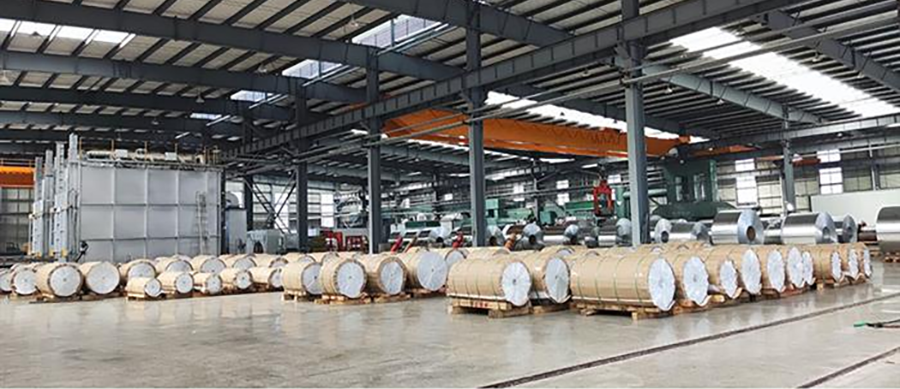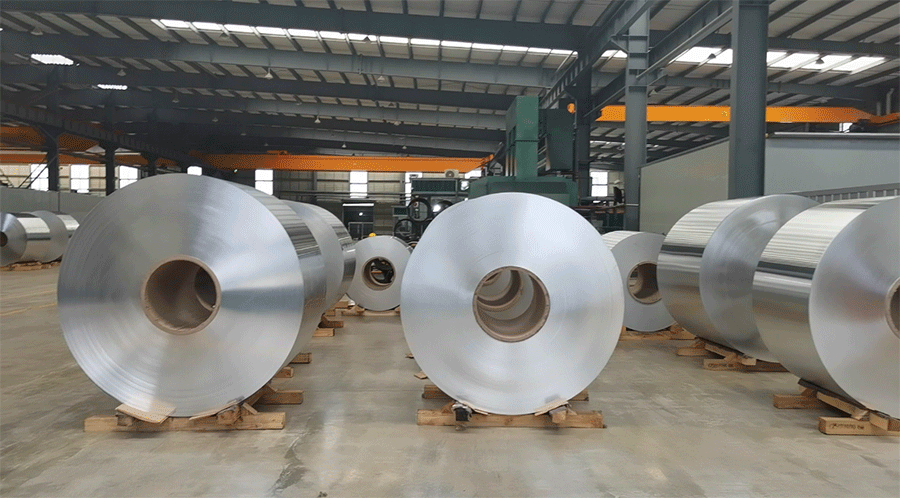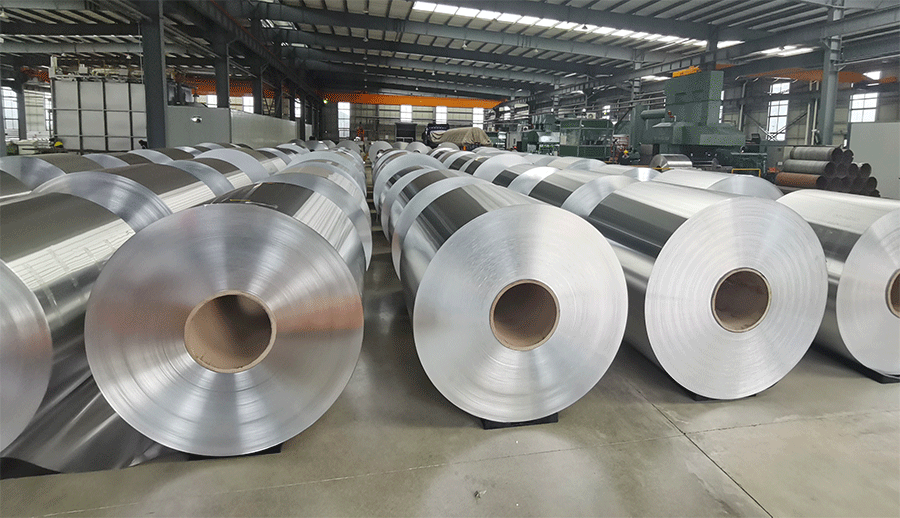Copyright © Zhejiang Huayuan Industrial Co., Ltd. All Rights Reserved. Site Map
- +86-17317611110
- 64415207@qq.com
- No. 6 Huayuan Road, Waiyang Industrial Park, baizhangji Town, Wencheng County, Wenzhou City, Zhejiang Province

I. Case Background
Our company mainly processes and produces aluminum products such as aluminum coils and aluminum foils. In the rolling and embossing processes, there are frequent problems such as severe mold wear, high product surface defect rate (average 8%), and 15% equipment downtime rate. The original mold was made of ordinary alloy steel, and the structural design was difficult to adapt to the needs of high-speed rolling, resulting in a production efficiency of only 80% of the industry standard, and the customer complaint rate climbed to 12%, seriously affecting the company's market competitiveness.
II. Problem Diagnosis and Analysis
Mold Material Defects: Metallographic analysis found that the original mold was prone to thermal fatigue cracks during high-temperature rolling, with insufficient wear resistance and a service life of only 300 hours. Frequent replacement led to downtime losses.
Unreasonable structural design: The pattern depth of the embossing mold has a low matching degree with the thickness of the aluminum foil. In the production of 0.01mm ultra-thin aluminum foil, problems such as excessively deep indentations and aluminum foil breakage often occur.
Failure of the cooling system: The design of the cooling water channel inside the mold is single, resulting in excessively high local temperatures and wavy defects on the surface of the aluminum foil.

III. Implementation of the improvement plan
(1) Upgrade of mold material
The new powder metallurgy high-speed steel material is used. The carbide of this material is evenly distributed, the hardness reaches HRC65-68, the wear resistance is improved by 200% compared with the original material, and the heat resistance is improved to 650℃. At the same time, a TiAlN coating is deposited on the surface of the mold to form a low friction coefficient protective layer, which further reduces the adhesion problem between the aluminum foil and the mold.
(2) Structural optimization design
Three-dimensional simulation verification: CAE simulation software is used to simulate the mold force distribution and the aluminum foil forming process, and the pattern depth of the embossing mold is optimized from 0.12mm to 0.08mm. With the stepped transition fillet design, the aluminum foil forming stress is reduced by 40%.
Modular structure transformation: The rolling mold is split into modular units that can be quickly replaced, and the replacement time is shortened from 4 hours to 40 minutes, meeting the needs of rapid switching of multi-specification products.


(3) Upgrade of intelligent cooling system
Introducing microchannel cooling technology, building a honeycomb three-dimensional cooling network inside the mold, and coordinating with temperature sensors for real-time monitoring to control the temperature difference on the mold surface within ±2°C. The PLC system automatically adjusts the coolant flow to achieve dynamic temperature balance during rolling.
(4) Collaborative process optimization
Establish a mold life prediction model, evaluate the mold status in real time based on rolling force, temperature and other data, and transform passive maintenance into active preventive maintenance.
Optimize rolling process parameters, increase the rolling speed from 80m/min to 120m/min, and cooperate with mold improvements to ensure that the surface roughness Ra value of aluminum foil is stable below 0.2μm.
IV. Implementation effect
Quality has been significantly improved: the surface defect rate of the product has been reduced from 8% to 1.5%, the flatness tolerance of the automotive heat dissipation aluminum foil has been reduced to ±0.05mm, and the ISO 22000 food safety packaging certification has been passed, and the customer complaint rate has dropped by 90%.
Efficiency is greatly improved: the service life of the mold is extended to 800 hours, the overall equipment efficiency (OEE) is increased from 65% to 89%, the average monthly production capacity is increased from 320 tons to 480 tons, and the production efficiency is increased by 50%.
Effective cost control: the frequency of mold replacement is reduced by 60%, the annual maintenance cost is reduced by 1.8 million yuan, the unit energy consumption is reduced by 12%, and the annual production cost is saved by about 3.5 million yuan.
V. Experience summary
Technology innovation drive: The application of new materials and new processes needs to be combined with simulation technology verification to ensure the feasibility and economy of the improvement plan.
Data management: Through the networking of equipment to collect key parameters, the whole life cycle management of the mold is realized, and data support is provided for continuous optimization.
Collaborative optimization thinking: Mold improvement needs to be linked with process parameters and production management to form a systematic solution to maximize the comprehensive benefits. This case provides a replicable practical template for the technological upgrading of the aluminum foil processing industry.